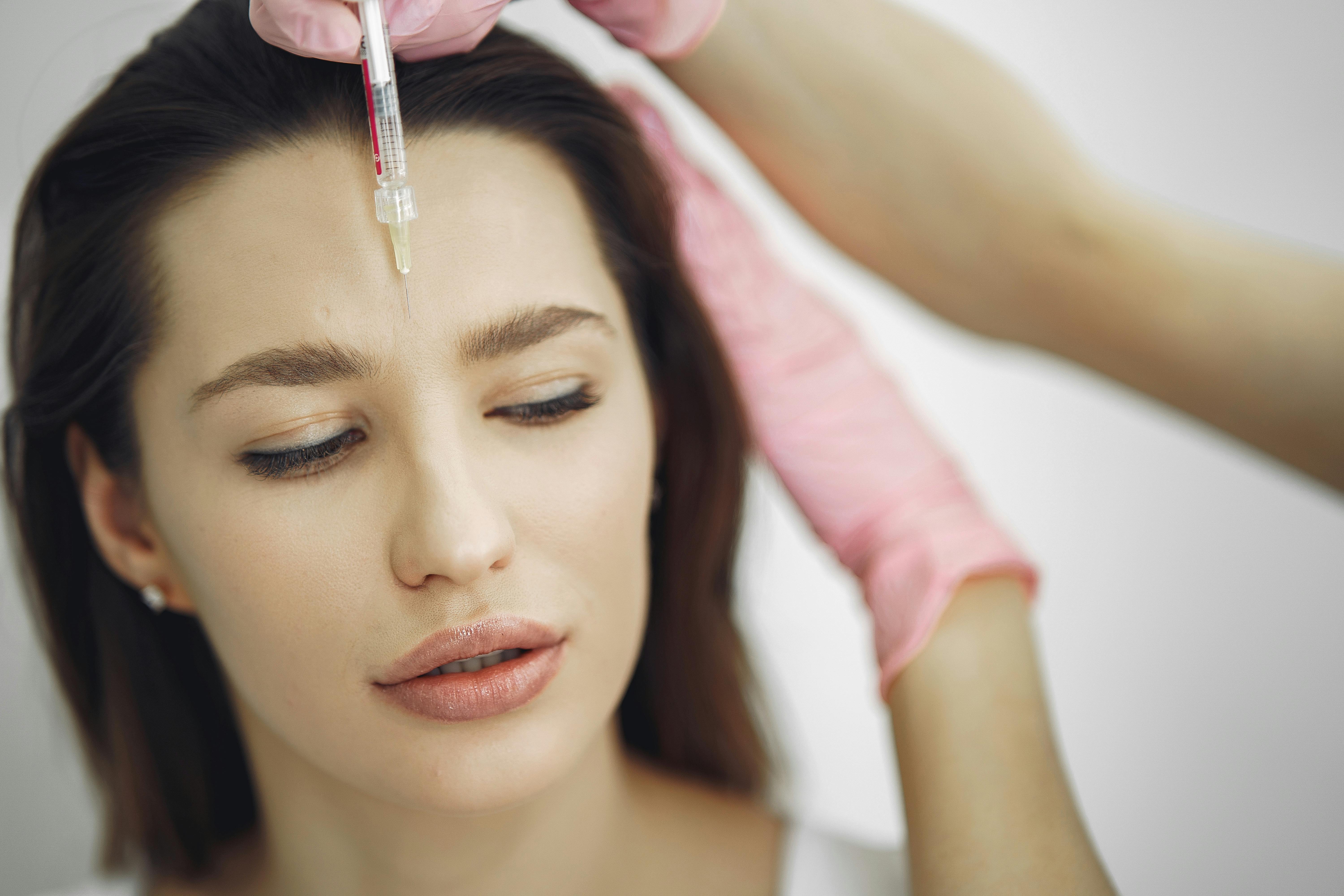Understanding Vitiligo: Treatments and Management Strategies
Vitiligo is a condition where the skin loses pigment in certain areas, leading to white patches. While there’s no guaranteed cure, early treatment can help slow its spread. Options like topical creams, light therapy, and lifestyle changes may help manage symptoms.

What are the early signs of vitiligo?
Recognizing the early signs of vitiligo is crucial for timely intervention. The most common initial symptom is the appearance of small, pale areas on the skin. These patches typically start on areas exposed to the sun, such as the hands, feet, arms, face, and lips. Other early indicators include:
-
Premature graying or whitening of hair on the scalp, eyebrows, or eyelashes
-
Loss of color inside the mouth or nose
-
Changes in eye color or loss of pigment in the retina
If you notice any of these signs, it’s essential to consult a dermatologist promptly for a proper diagnosis and treatment plan.
How can you stop vitiligo from spreading?
While it’s not always possible to completely halt the progression of vitiligo, several strategies can help slow its spread:
-
Protect your skin from sun exposure: Use broad-spectrum sunscreen with a high SPF and wear protective clothing when outdoors.
-
Avoid skin trauma: Minimize cuts, scrapes, and burns, as these can trigger new patches of vitiligo.
-
Manage stress: Stress reduction techniques like meditation, yoga, or counseling may help, as stress can exacerbate the condition.
-
Maintain a healthy diet: Consume foods rich in antioxidants and vitamins, particularly vitamin B12, vitamin D, and folic acid.
-
Consider supplements: Consult your doctor about taking supplements that may support skin health and pigmentation.
-
Quit smoking: Smoking can worsen vitiligo and reduce the effectiveness of treatments.
What medical treatments can slow down vitiligo?
Several medical treatments have shown promise in slowing the progression of vitiligo and potentially restoring pigment:
-
Topical corticosteroids: These anti-inflammatory creams can be effective, especially for small areas of depigmentation.
-
Calcineurin inhibitors: Topical medications like tacrolimus or pimecrolimus may help repigment the skin without the side effects of steroids.
-
Phototherapy: Controlled exposure to ultraviolet light, often combined with oral or topical medications, can stimulate melanin production.
-
Excimer laser: This targeted light therapy can be effective for small areas of vitiligo.
-
Systemic medications: In some cases, oral corticosteroids or immunosuppressants may be prescribed for widespread vitiligo.
-
Depigmentation: For extensive vitiligo, removing the remaining pigment to create an even skin tone might be considered.
Are there any promising new treatments for vitiligo?
Research into vitiligo treatments is ongoing, with several promising avenues:
-
JAK inhibitors: These drugs, originally developed for other autoimmune conditions, have shown potential in treating vitiligo.
-
Combination therapies: Researchers are exploring the synergistic effects of combining different treatment modalities.
-
Melanocyte transplantation: This surgical technique involves transferring pigment-producing cells from unaffected areas to vitiligo patches.
-
Gene therapy: Scientists are investigating genetic approaches to restore melanocyte function in affected areas.
-
Antioxidant therapies: New topical and oral antioxidant formulations are being studied for their potential to stabilize melanocytes.
What lifestyle changes can help manage vitiligo?
In addition to medical treatments, certain lifestyle modifications can support vitiligo management:
-
Join support groups: Connecting with others who have vitiligo can provide emotional support and practical advice.
-
Use cosmetic camouflage: Self-tanners, body makeup, and vitiligo cover creams can help conceal patches temporarily.
-
Practice self-care: Engage in activities that boost your self-esteem and mental well-being.
-
Stay informed: Keep up with the latest research and treatment options by consulting reputable sources and your healthcare provider.
-
Maintain overall health: A balanced diet, regular exercise, and adequate sleep can support your body’s natural healing processes.
Living with vitiligo can be challenging, but with the right combination of medical treatments, lifestyle changes, and support, many individuals successfully manage their condition. Remember that treatment outcomes can vary, and it’s essential to work closely with a dermatologist to develop a personalized management plan. While there’s no guaranteed cure, ongoing research offers hope for more effective treatments in the future.
This article is for informational purposes only and should not be considered medical advice. Please consult a qualified healthcare professional for personalized guidance and treatment.




